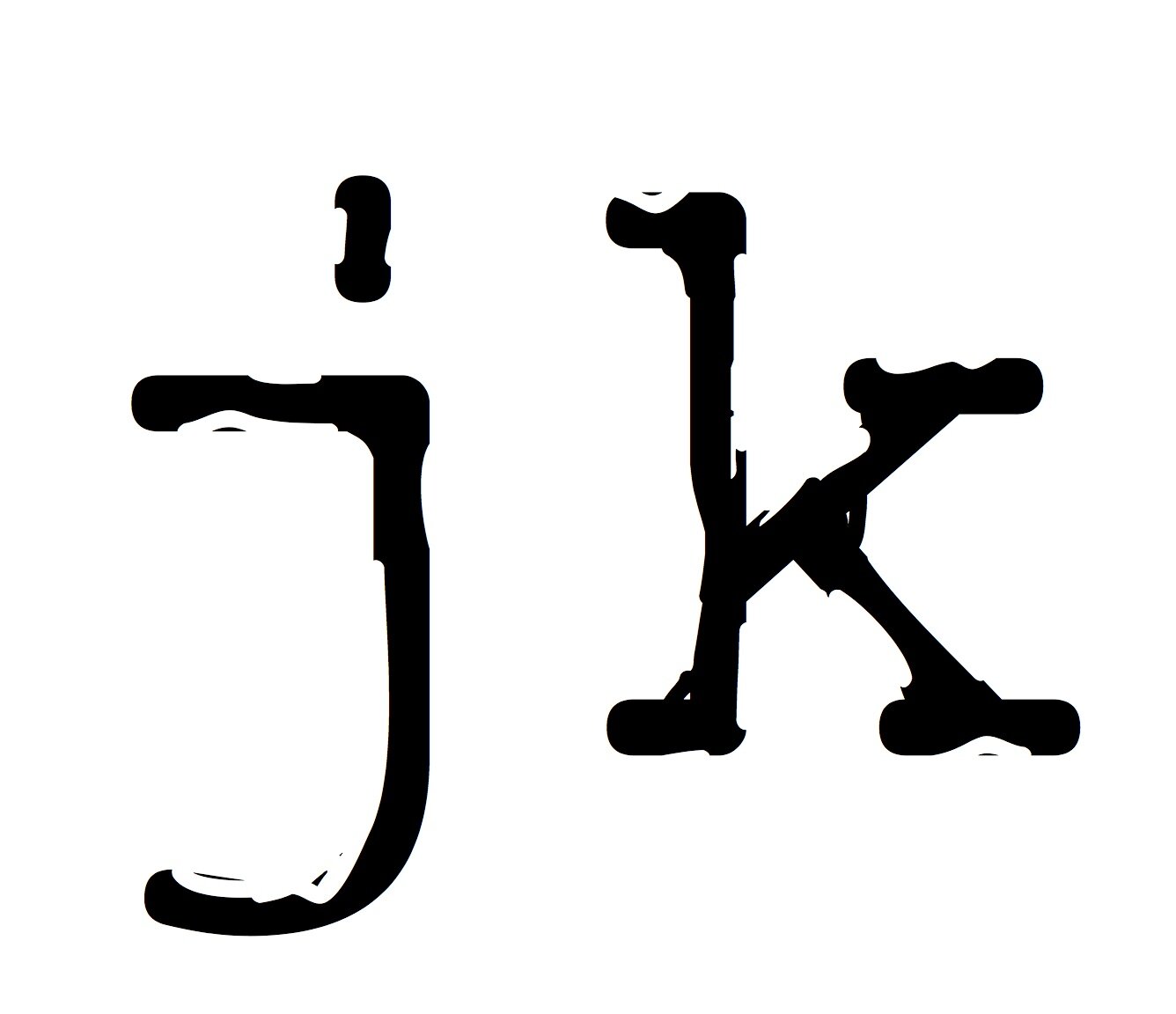Structural Strength of Your Manuscript
There’s a series of buildings in Switzerland where my brother-in-law lives that was originally designed and built by people who would live there in the nineties. There are about twenty buildings including houses and shared spaces. It is largely a wood and glass structure with a large amount of concrete.
When the first inhabitants lived there – many have moved away now – and something would go wrong, they would call in one of the architects. The architect would look at the fracture in the window, then cross the living room, or climb the stairs, then turn the large bolt there.
The architecture and design of the building was held together in a particular way. The pressure and tension was held in places that you might not first assume. The architects knew this. A fractured window in one place meant the tension was wrong somewhere else.
Yes, this is similar to a book. Often when I ask for feedback on a novel or a narrative non-fiction work, I want to know what worked and what didn’t. Suggestions on how to fix it are often off because they don’t take into account the entire structure.
When a scene doesn’t hit the right emotional note it is sometimes because of that scene, but more often due to the set up being off. The tension has to be adjusted at the end of the first act. The weight is off with a sub-plot. The emotional arc hasn’t been
Knowing what doesn’t work is key. Knowing what to adjust is where lies the craft.
